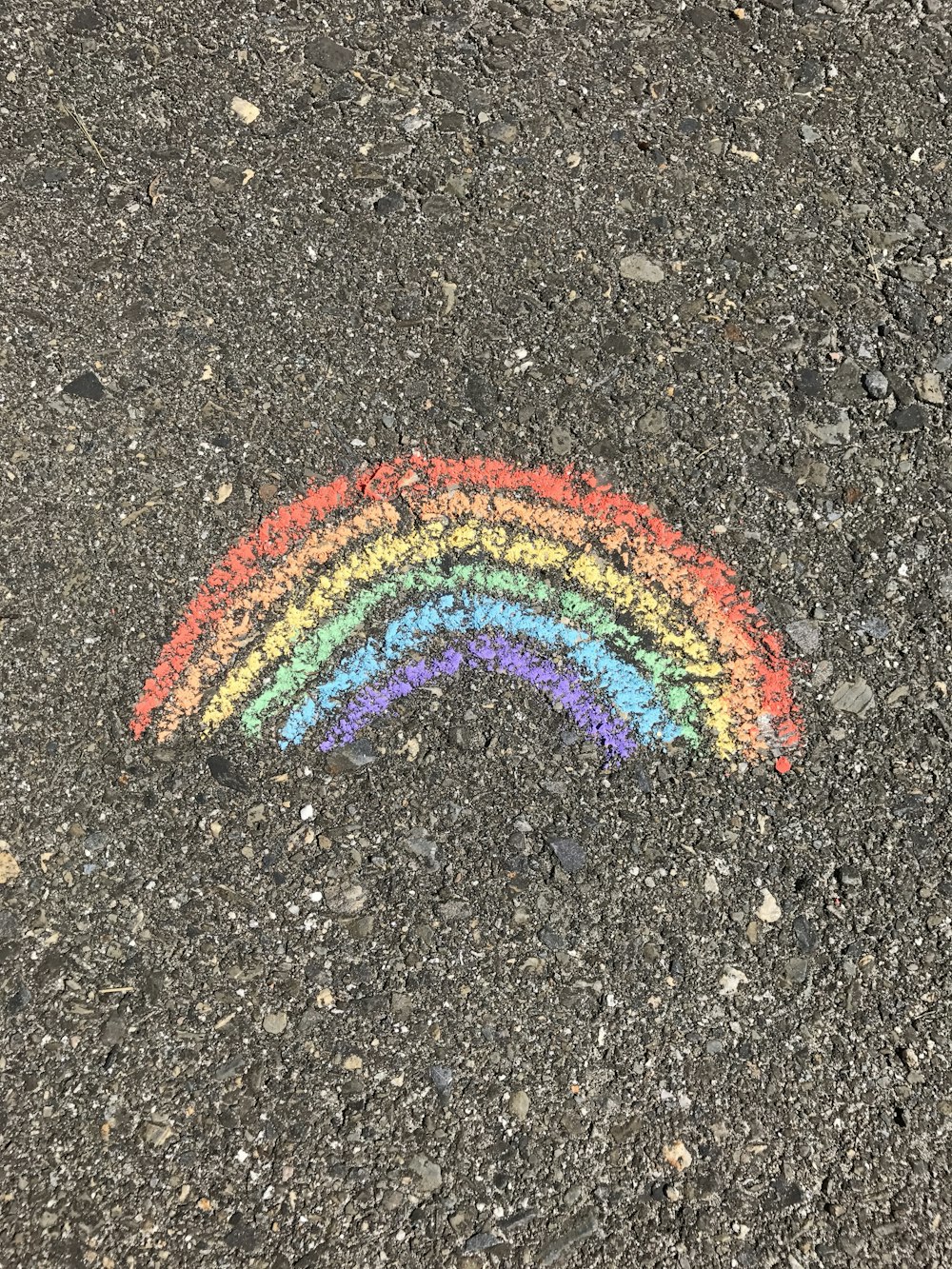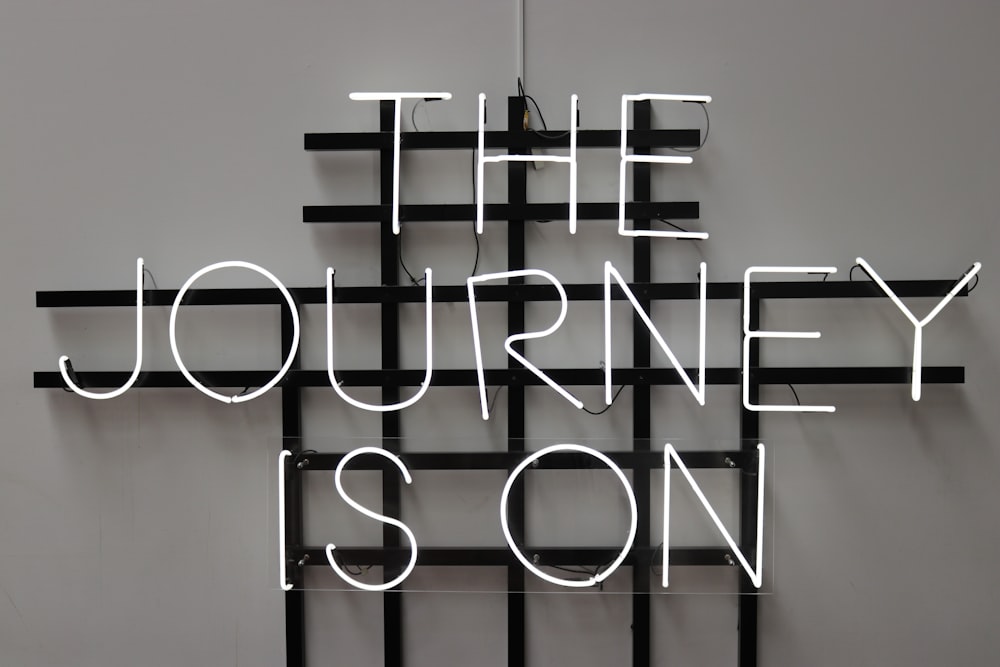Amanda:
Hi Amanda!
I really enjoyed reading your blog post! It was really interesting to hear about your experience using the Virtual Reality set. I also can recall being somewhat skeptical about certain programs that were introduced to us in EDCI 336, as I too didn’t understand exactly how it would translate into an elementary classroom as something educational. The program that came to mind that I shared similar feelings with was Minecraft. It wasn’t until I heard from the actual students using the program and their experiences as well as actually using the program myself to understand the potential it had to be used as an effective technology tool that is also educational. It sounds like you shared a similar reaction with being in the actual VR lab paired with your instructor’s lecture.
I also share the same feelings with regards to your comment on learning about technology tools that will provide students with an opportunity to create meaningful learning. As we know, there are many apps out there, but I think it is crucial to take the time to ensure that the technology that we use in a classroom is only going to enhance student learning. I too hope to learn about new technology that we haven’t already addressed in EDCI 337.
Stephanie:
Hi Stephanie!
I could relate to many of the points you made in your blog post regarding storytelling and how it made a positive impact on your learning as a student. I too have always found that storytelling is a great way to absorb the information being told. I also like the point that you address from Sherry Norfolk’s blog regarding storytelling and how it can positively impact development of memory, life values and sparking imagination. I believe a lot of important life values can be taught to children through stories. A kindergarten teacher from Victoria named Rebecca Bathurst-Hunt focuses on incorporating inquiry practices with students has a blog and provides many great resources on different stories that she uses in her classroom. She shares one blog post in particular that focuses on a story workshop that you may find interesting and useful to read!
As you mentioned in your blog, technology may not always be available to everyone, so I agree that having different approaches to create meaningful learning for students is essential. The Think, Pair, Share is an activity that I would love to use in my future classroom. I know that even as a student today, I really don’t enjoy being called out on for an answer and I believe this method takes away a lot of that anxiety that most students fear around class discussion.
Brittany:
Hi Brittany!
I was happy to hear from your blog post that you seemed to have positive multimedia learning experiences prior to post secondary education! As we are in the same cohort, I have always been interested in hearing about your experiences during your elementary/middle school years, as it seems your school was quite progressive with regards to the activities and learning opportunities provided!
I can relate to your experience with using YouTube, Khan Academy and Ted Talks as a useful tool to learn at your own pace and have a concept taught differently than perhaps your own teacher has taught/explained it. As we know, everyone learns differently, so being able to have the option available to use these as resources is great!
It was also interesting hearing about your connection to your prior experience using technology for an online course and how it has prepared you for taking courses online because of COVID-19 measures. I believe that COVID-19 and the restrictions of meeting with people, students and businesses has pushed a lot of people towards using technology who may have been skeptical about using it, especially in an educational setting. I feel grateful that we are being exposed to technology and being taught how to use it effectively.




Recent Comments